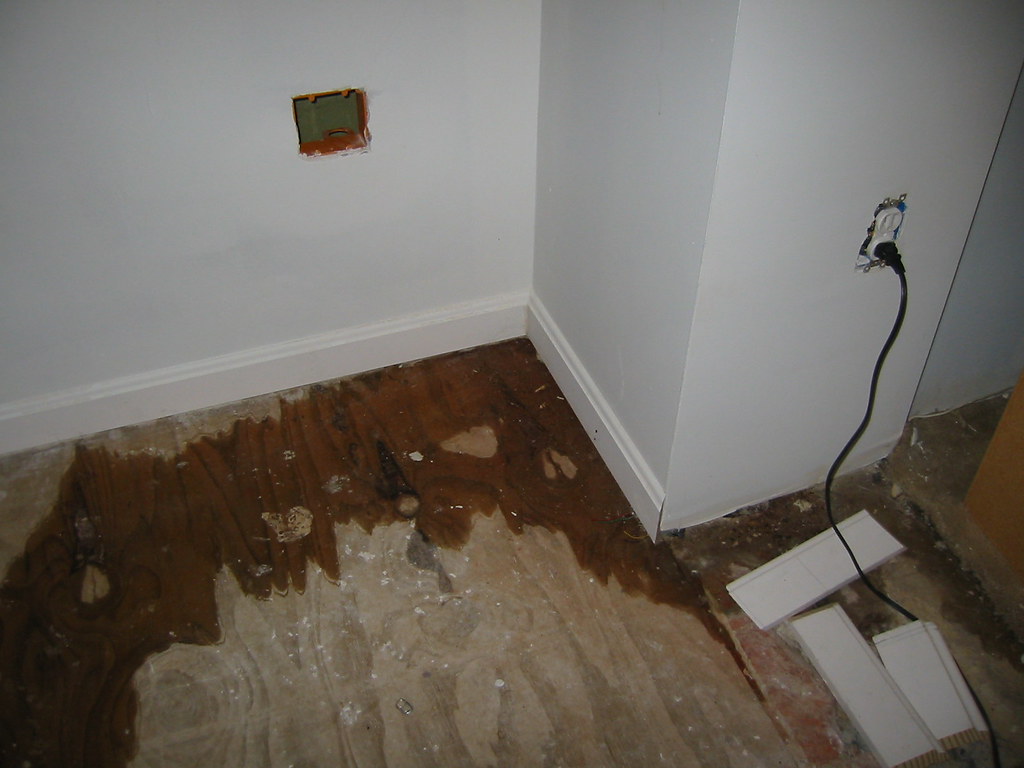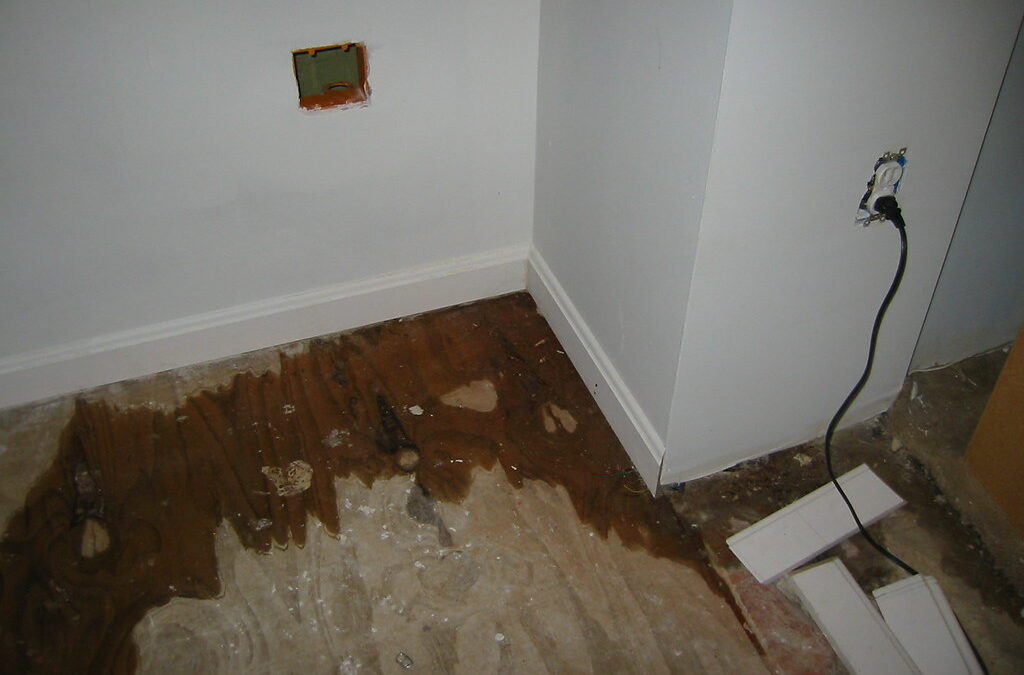Hardwood floors are a beautiful and valuable asset to any home or business. They add warmth, elegance, and character to a space, and with proper care, they can last for decades. However, when water damage strikes, it can quickly wreak havoc on your hardwood floors, leading to warping, buckling, and even mold growth. In this comprehensive guide, we will explore the process of water damage restoration for hardwood floors, helping you understand what to do to protect and restore your flooring investment.

Table of Contents
Understanding Water Damage on Hardwood Floors
Water damage can occur due to various reasons, such as flooding, plumbing leaks, appliance malfunctions, or even high humidity levels. When hardwood floors are exposed to water, they absorb the moisture, causing the wood to expand and swell. If left untreated, this can lead to several problems:
- Cupping: The edges of the floorboards rise higher than the center, creating a concave appearance.
- Crowning: The center of the floorboards rises higher than the edges, resulting in a convex shape.
- Buckling: The floorboards lift up from the subfloor, creating large gaps and an uneven surface.
- Mold and mildew growth: Excess moisture can promote the growth of mold and mildew, posing health risks and further damaging the wood.
To minimize the extent of the damage, it’s crucial to act quickly and initiate this process as soon as possible.
Steps for Water Damage Restoration on Hardwood Floors
Before beginning any restoration work, ensure that the area is safe. Turn off the power supply to the affected area to avoid electrical hazards. If the damage is extensive or the water is contaminated, it’s best to leave the restoration process to professionals
Step 2: Remove Standing Water
Use a wet vacuum or a mop and bucket to remove any standing water from the hardwood floors. Work quickly to extract as much water as possible to minimize the amount of moisture the wood absorbs.
Step 3: Assess the Damage
Once the standing water is removed, assess the extent of the damage to your hardwood floors. Check for signs of cupping, crowning, or buckling. If the damage is severe, you may need to replace some or all of the floorboards.
Step 4: Begin the Drying Process
To dry your hardwood floors effectively, you’ll need to use a combination of air circulation, dehumidification, and heat. Open windows and doors to allow fresh air to circulate and help evaporate the moisture. Place fans and dehumidifiers in the affected area to speed up the drying process. If necessary, use space heaters to provide additional warmth and encourage evaporation.
Step 5: Monitor Moisture Levels
Throughout the drying process, it’s essential to monitor the moisture levels in your hardwood floors. Use a moisture meter to take readings in various locations and track the progress of the drying process. Hardwood floors typically have a moisture content between 6% and 12%, depending on your region and the specific wood species.
Step 6: Sand and Refinish (if necessary)
Once your hardwood floors have dried to their normal moisture content, assess their condition. If there is minor cupping or crowning, the floorboards may return to their original shape as they dry. However, if the damage is more severe, you may need to sand and refinish the floors to restore their beauty and ensure a level surface.
Preventing Water Damage on Hardwood Floors
While restoration for hardwood floors is possible, prevention is always the best approach. Here are some tips to help protect your hardwood floors from water damage:
- Regularly inspect your plumbing and appliances for leaks or signs of wear.
- Use water alarms or leak detectors in high-risk areas, such as near washing machines, dishwashers, or water heaters.
- Maintain proper humidity levels in your home or business, ideally between 30% and 50%.
- Clean up spills and water accumulation immediately.
- Use mats or rugs in entryways and high-traffic areas to absorb moisture.
- Avoid wet-mopping your hardwood floors; instead, use a slightly damp mop or cloth for cleaning.
When to Call 805 Property Restoration
While it’s possible to handle minor water damage on hardwood floors yourself, there are situations where it’s best to call in 805 Property Restoration . Consider contacting us if
- If the damage is extensive, covering a large area of your flooring.
- The water is contaminated (e.g., sewage backup or floodwater).
- You suspect mold growth or have visible mold on your floors.
- The damage has been present for an extended period (more than 24-48 hours).
- You don’t have the equipment or expertise to handle the restoration process effectively.
We have the knowledge, experience, and specialized equipment to assess the damage, develop a restoration plan, and execute it efficiently. They can help minimize the long-term effects of water damage on your hardwood floors and restore them to their pre-damage condition.
